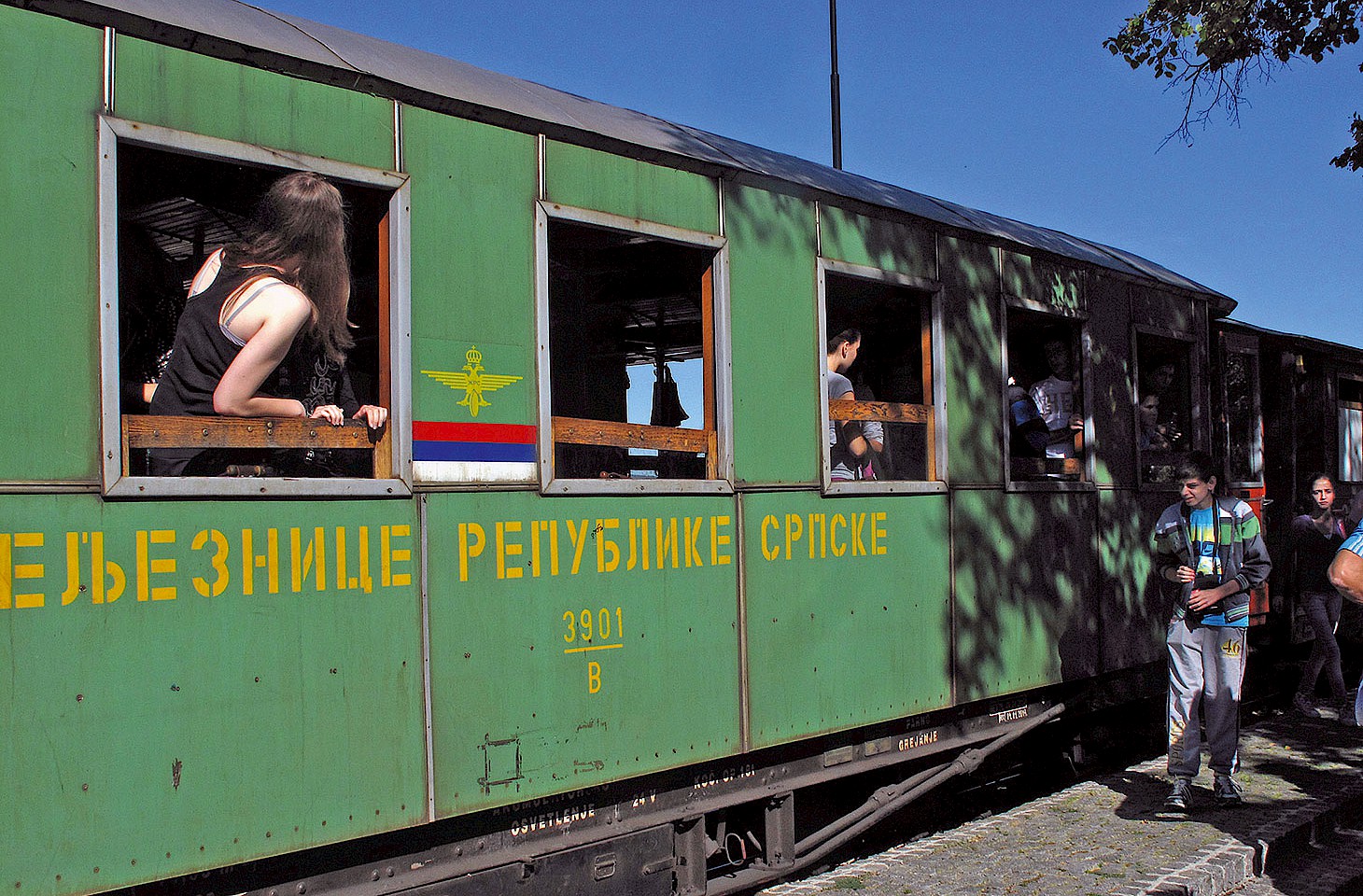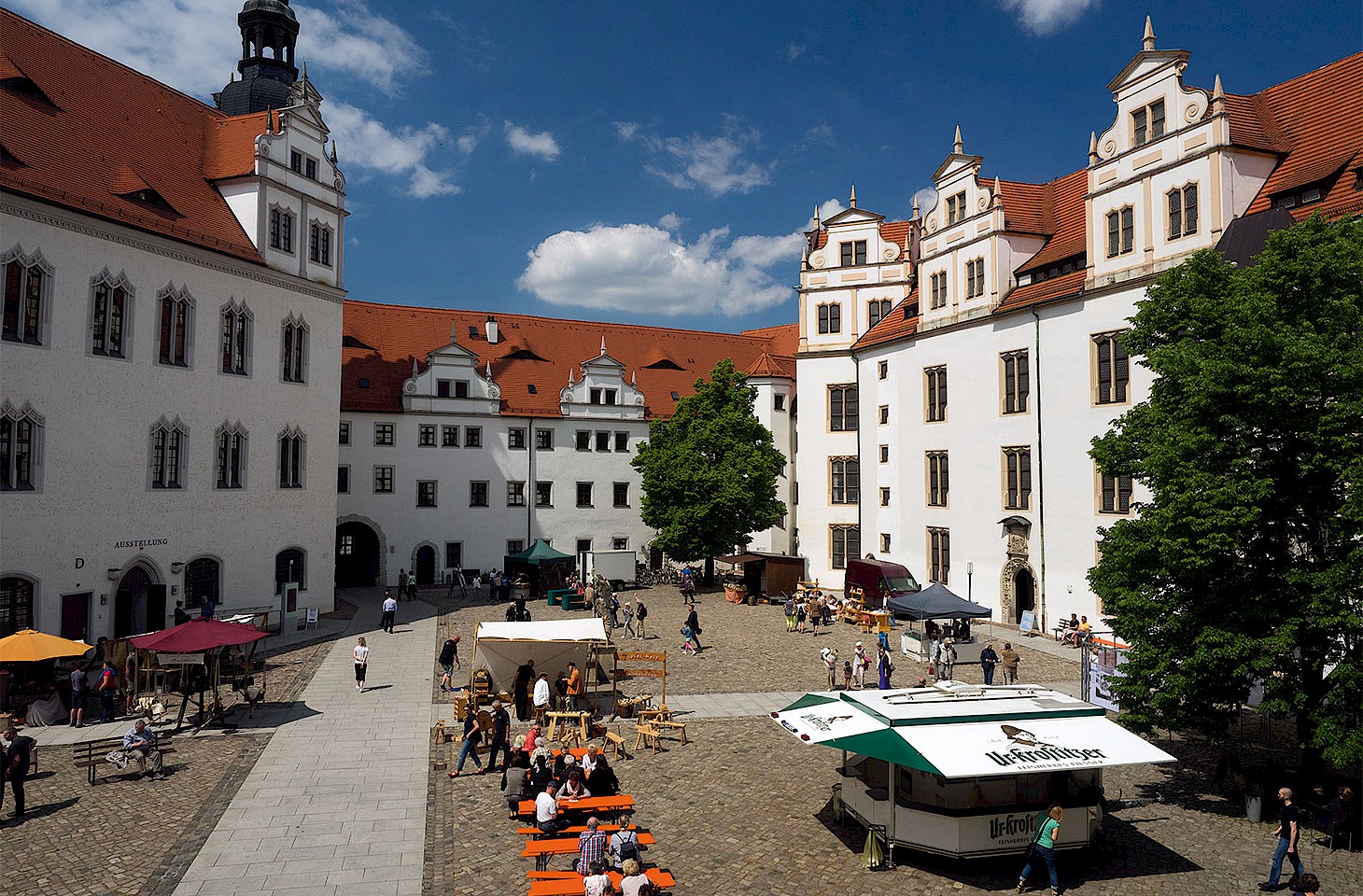Montenegro's proclamation of independence on 3 June, following the May referendum on seceding from federal union with Serbia, has prompted a flurry of comment and speculation in the media on the viability of small nation states. Montenegro has a population of some 620,000. Small, to be sure, but it scarcely ranks as one of the planet's least populous states. There are more than three dozen countries around the world that have a population smaller than that of Montenegro. And there are even more nation states and independent territories that have an areal extent that amounts to less than Montenegro's 13,812 square kilometres.
Montenegro's reappearance on the political map of Europe as an independent republic, after a gap of some ninety years, is a reminder that the eastern Adriatic region has hosted over the years more than its fair share of geopolitical curiosities: improbable small republics like Ragusa and Poljica, which both survived until the early nineteenth century; then, more recently, little known Italian territorial exclaves like Lagosta and Saseno, and, for those venturing beyond the Dalmatian coast up into the basin of the River Sava, an oddball relic of mediaeval feudalism, the onetime Noble Commune of Turopolje (Plemenita opcina Turopolje), that did not disappear from the map of Europe until after the First World War. Not to mention the onetime Free State of Fiume (nowadays Rijeka in northern Croatia), and its immediate and short-lived predecessor, the Regency of Carnaro, which was proclaimed as an independent state by wayward Italian poet and political maverick Gabriele d'Annunzio.
But what of Montenegro? The new country takes its name from one great black massif, the pine clad Mount Lovcen that towers above the southern end of the Bay of Kotor, and turns out to boast a picturesque history. Until the midnineteenth century, it was a theocracy ruled by a hereditary prince-bishop. The man in charge was known as the vladika, and for four hundred years successive generations of vladikas held sway over Montenegro from the Episcopal centre at Cetinje, the country's then capital and nowadays an eerily empty town under the shadow of Mount Lovcen. On the death of one vladika the succession passed to a closely related male of the next generation, usually to a nephew.




